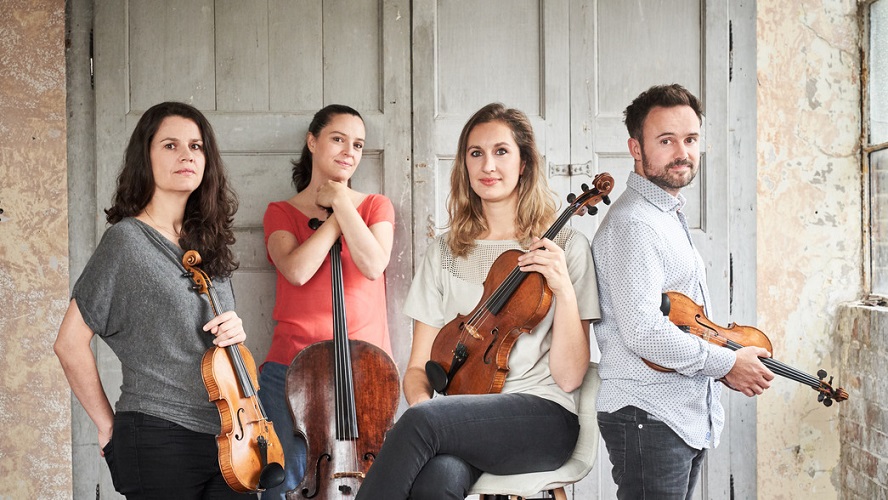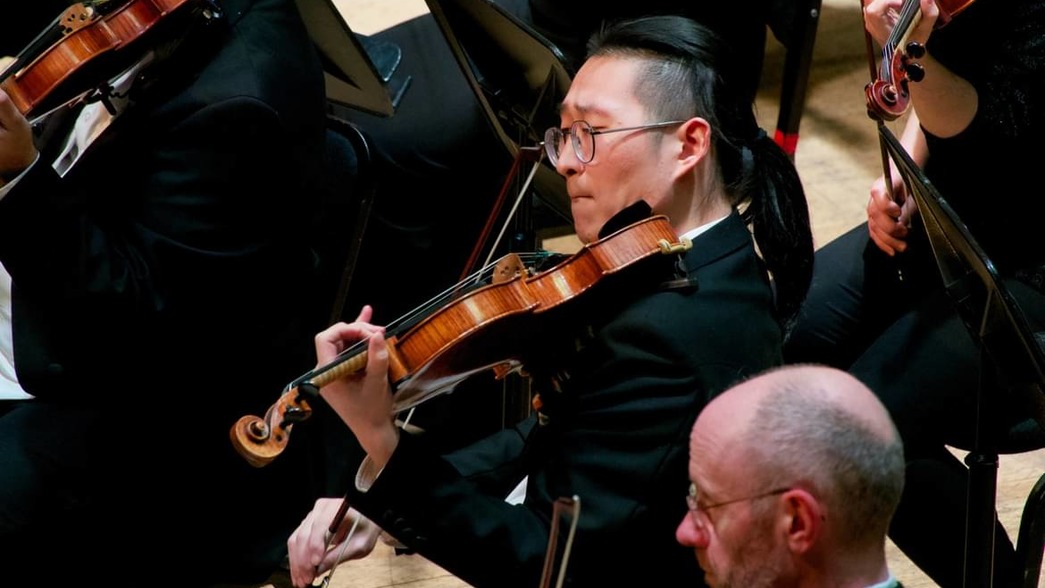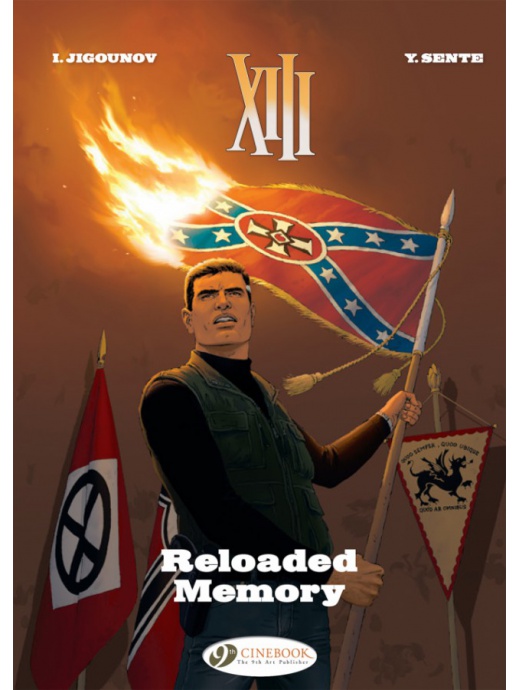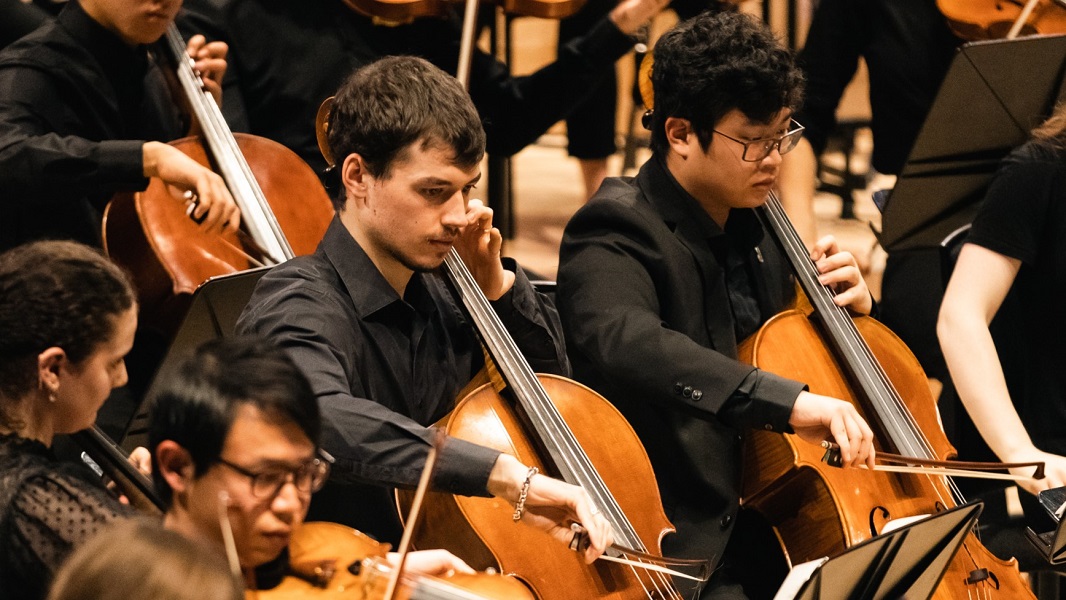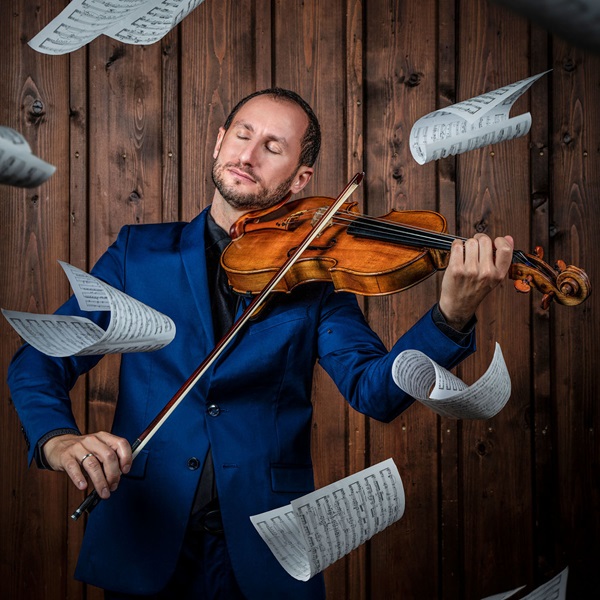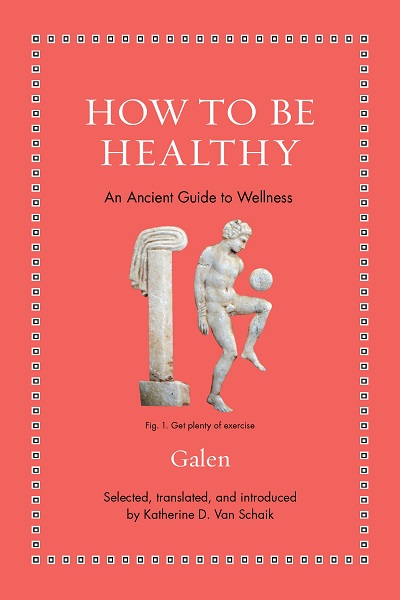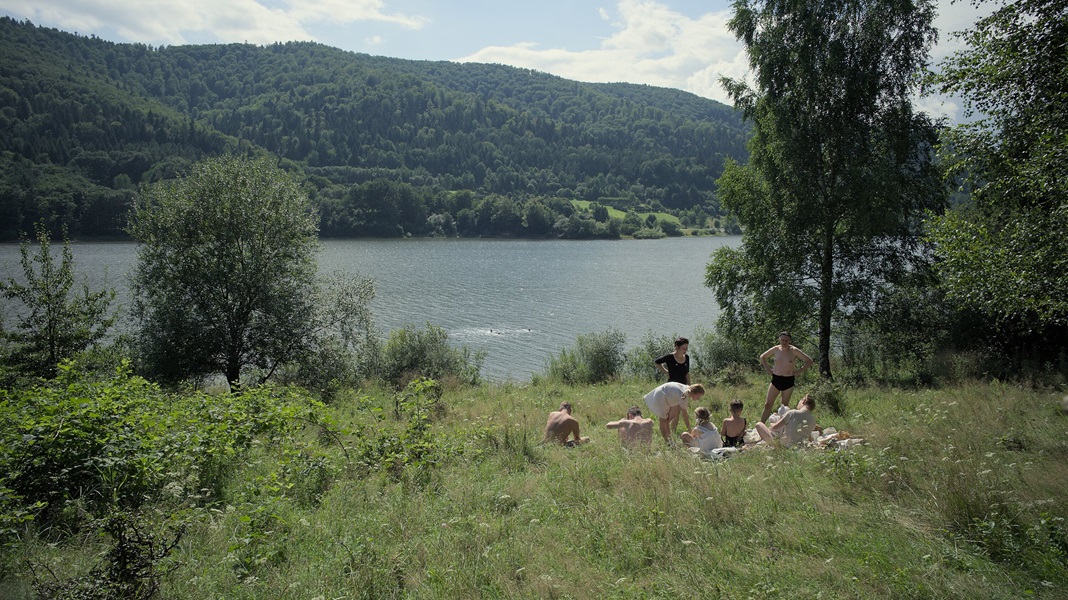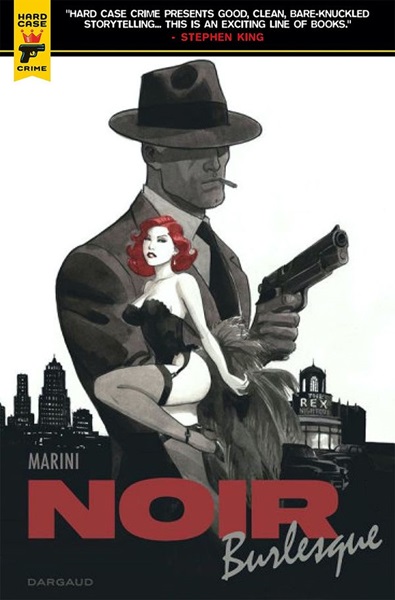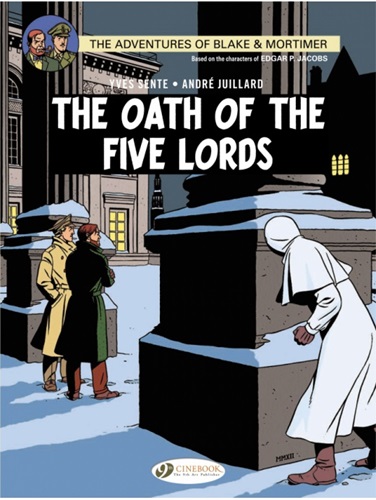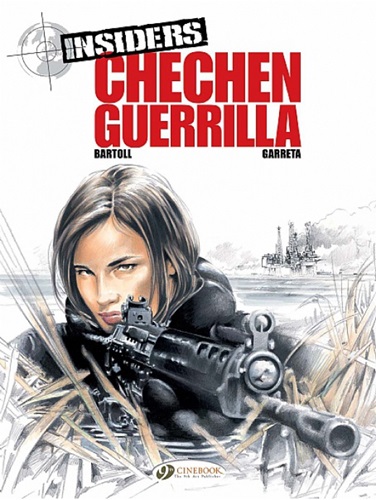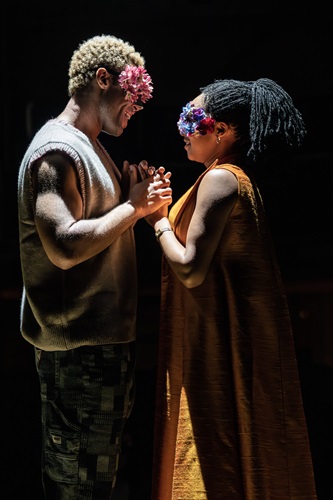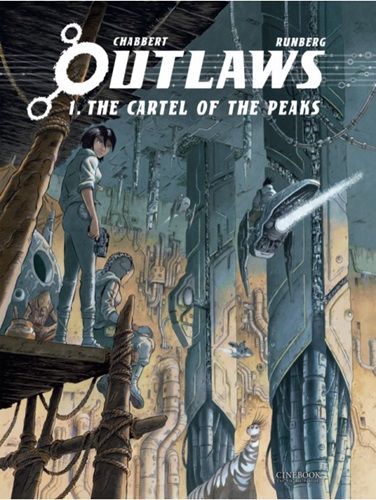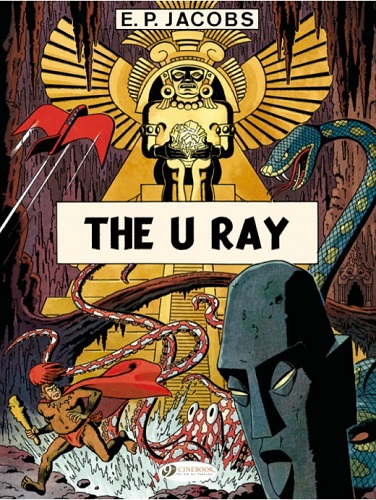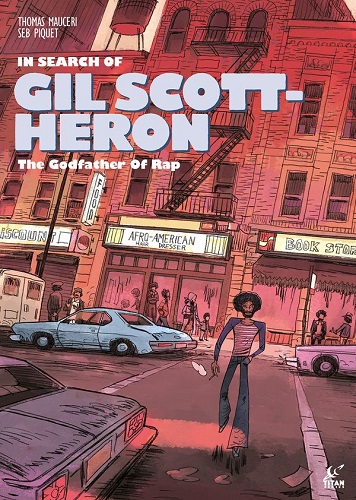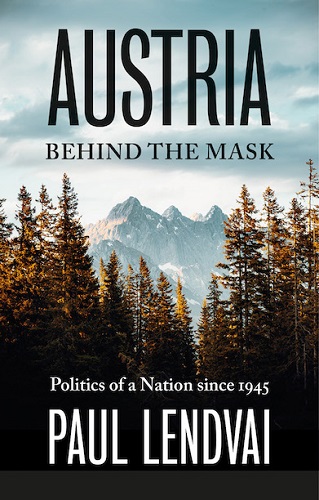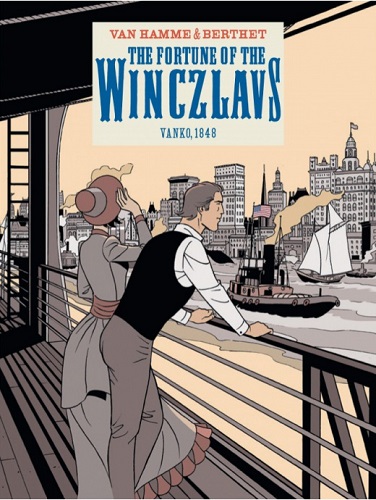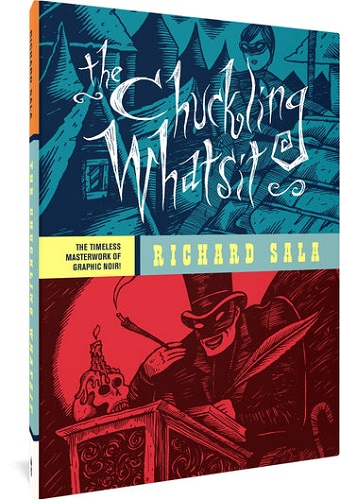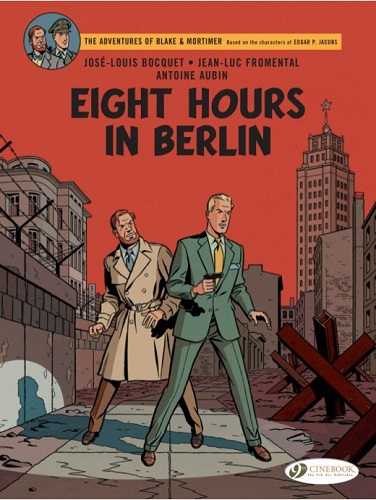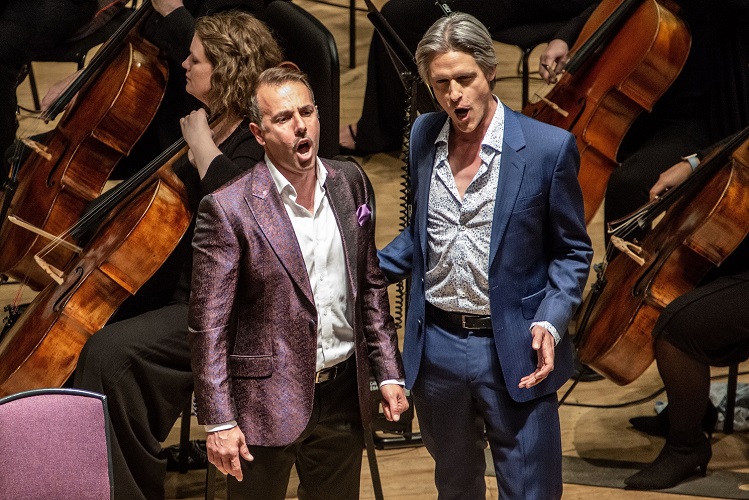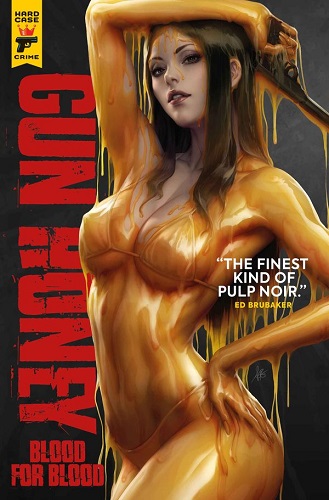The Fortune of the Winczlavs 3: Danitza, 1965
By Jean Van Hamme and Philippe Berthet
Cinebook, 2023
ISBN: 9781800441170

The sweep of history alongside compelling, emotionally wrought stories.
It was only on completing this, the final volume of The Fortune of the Winczlavs, that I realised its full significance. For it transpires that the whole of the trilogy is a sort of prequel to the Largo Winch series. Largo is Danitza’s son.
When the story starts we are in Tito’s Yugoslavia around about the mid 1960s. Quite a difficult country for Jovan (Danitza’s father) to live in, because during World War Two (Jovan’s own father) was a Chetnik (a kind of Royalist). This political grouping was opposed to Nazi Germany, indeed they stalwartly fought against the occupying forces, but at variance with Tito’s Communist Party. Jovan is still considered suspect; the Communists have long memories and the society they have constructed has plenty of malicious individuals. Sure enough, Jovan is arrested. His wife and new born daughter flee towards a big city, looking to disappear.
Meanwhile, over in America, Nerio Winch is building up a business empire, diversifying from banking and finance into oil exploration and aircraft production. He is an unscrupulous operator, not entirely sympathetic, though that may be simply the river in which he swims. At any rate, his methods of doing business are worthy of a Mafia don. You’d say that his is a privileged life, for sure, but it is a demanding one and not without its dangers.
The two narrative strands merge and cohere when, late in life and career, Nerio develops some niggling pangs of conscience and begins to seek the whereabouts of his family in Yugoslavia, a country coming apart at the seams following the collapse of the Soviet Union (it is the early 1990s). Danitza, now a young woman, is a Serb in Croatia, which places her in mortal danger.
There is much to love about this volume and the trilogy as a whole. I have been enchanted by the sweep of history and the scrupulous attention paid to period detail in Philippe Berthet’s artwork, which has as well a wonderful sense of space and inventive use of perspective. Jean Van Hamme’s script has given the reader compelling, emotionally wrought stories throughout and, in this respect, this final volume did not disappoint. In fact it had a heartrending final scene which I felt as a personal betrayal – that’s how much you’re made to care.
The publisher’s description of The Fortune of the Winczlavs 3: Danitza, 1965 can be read here.

